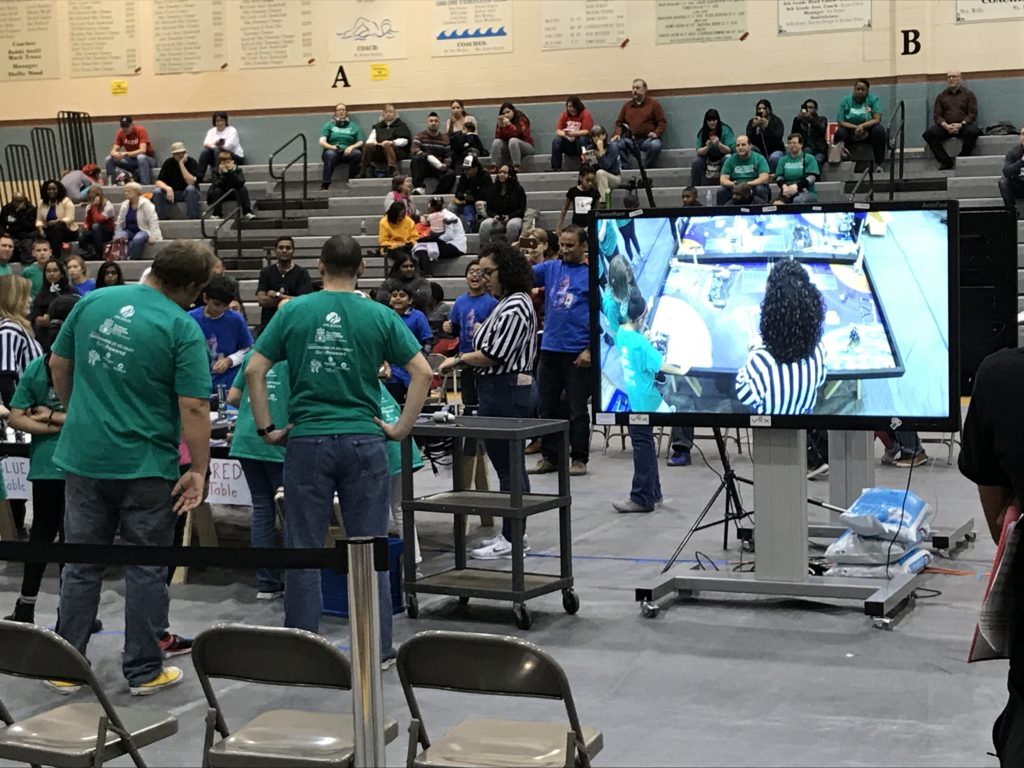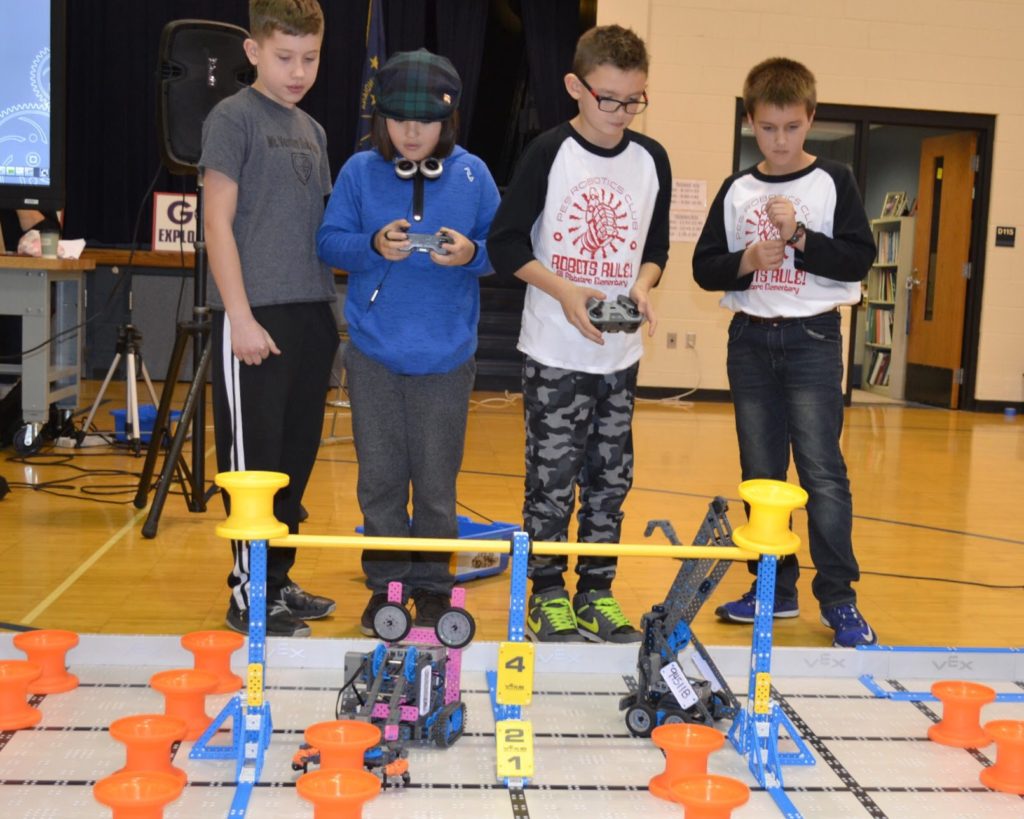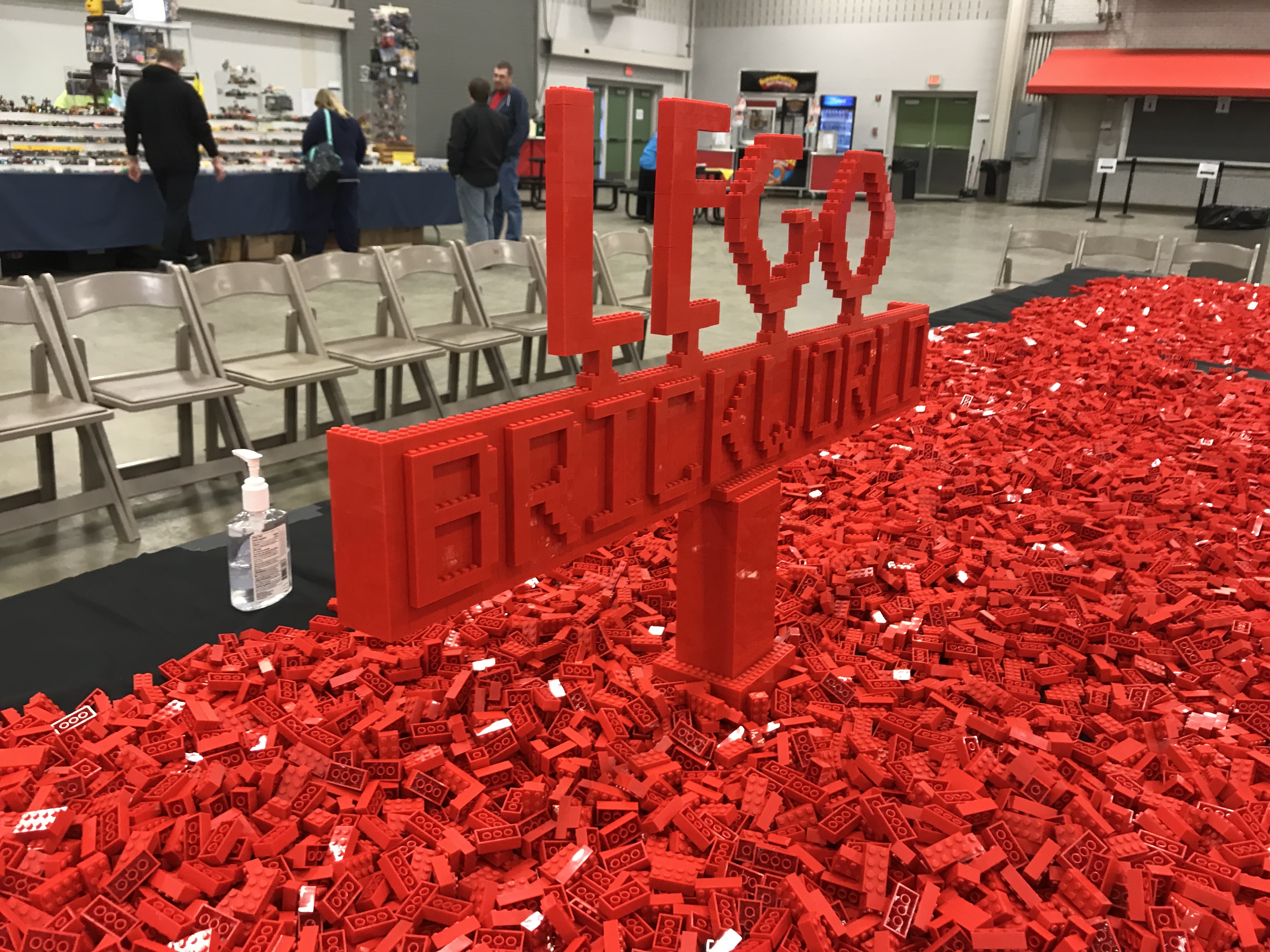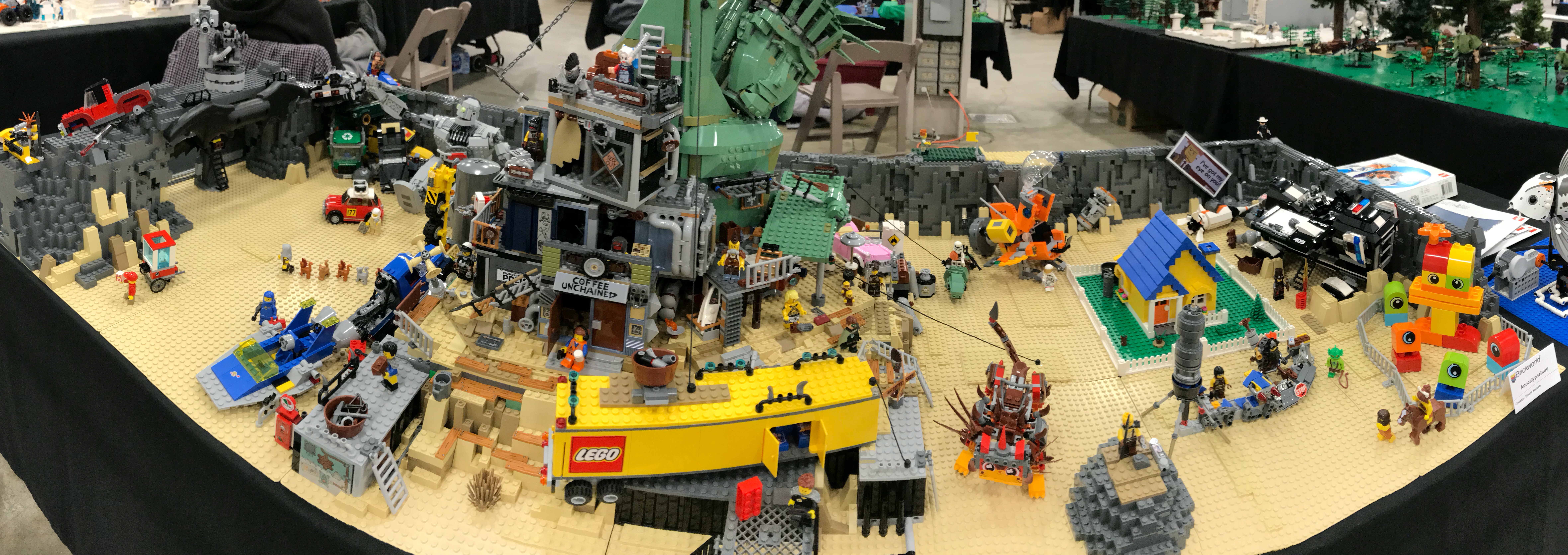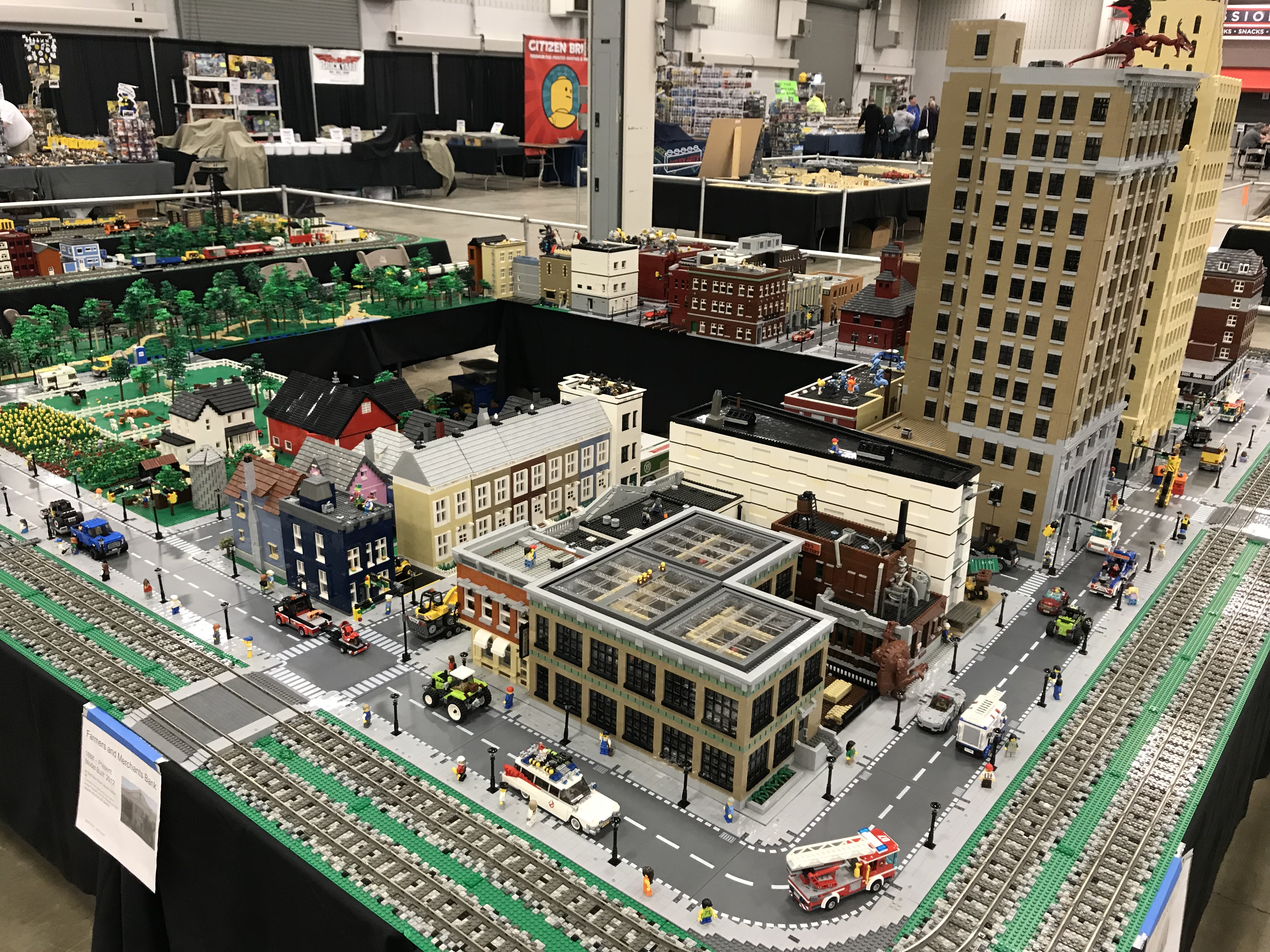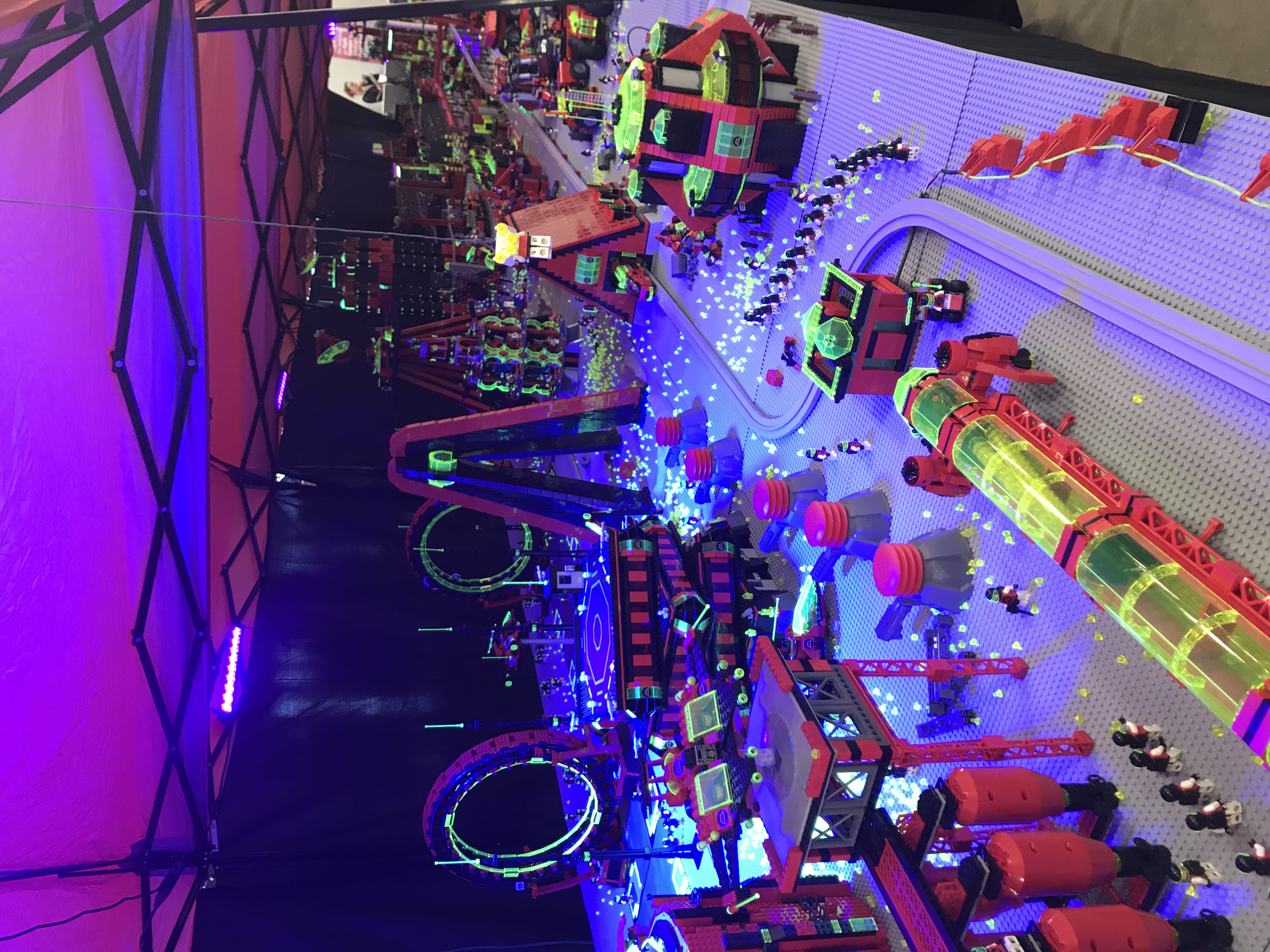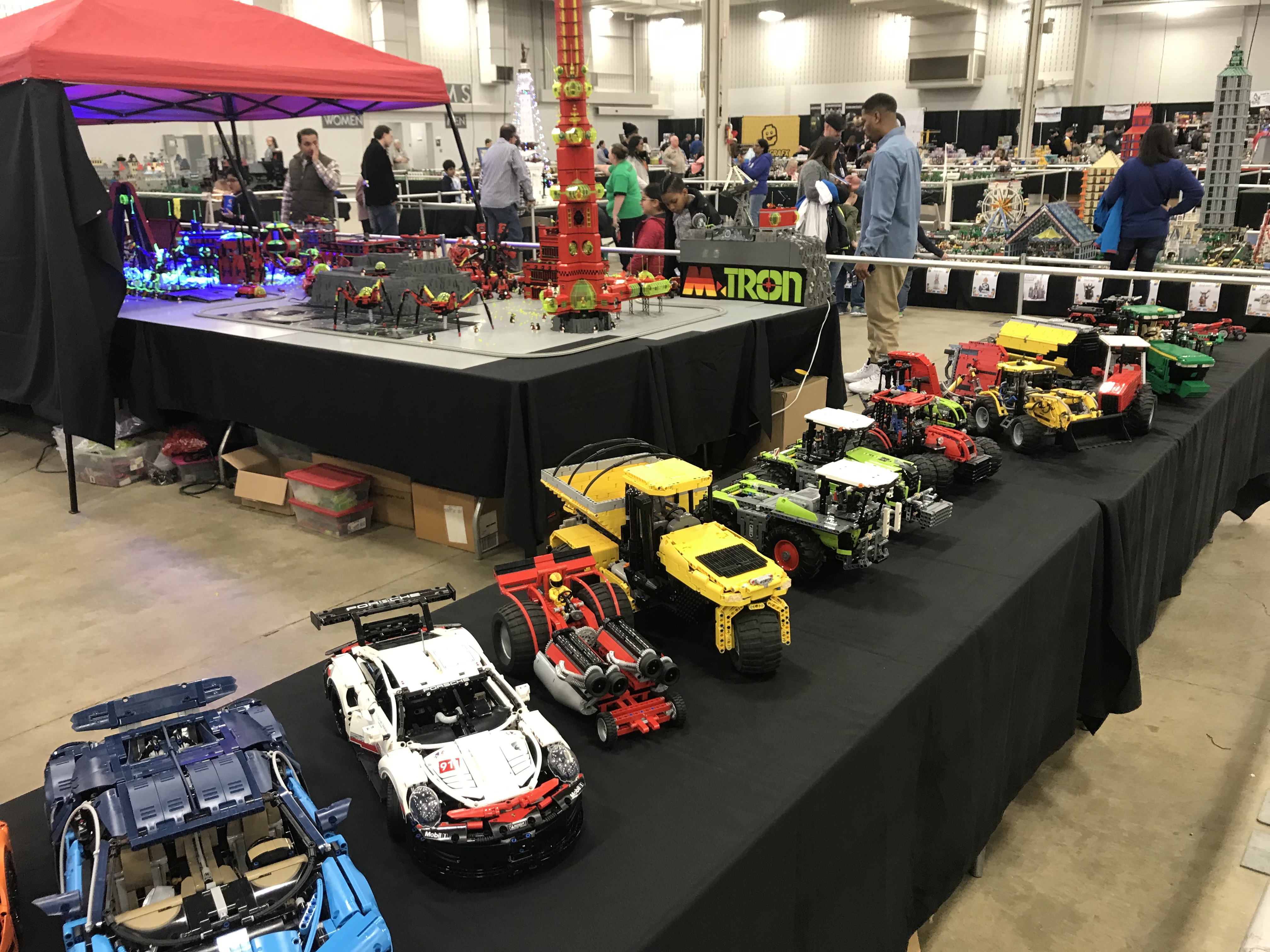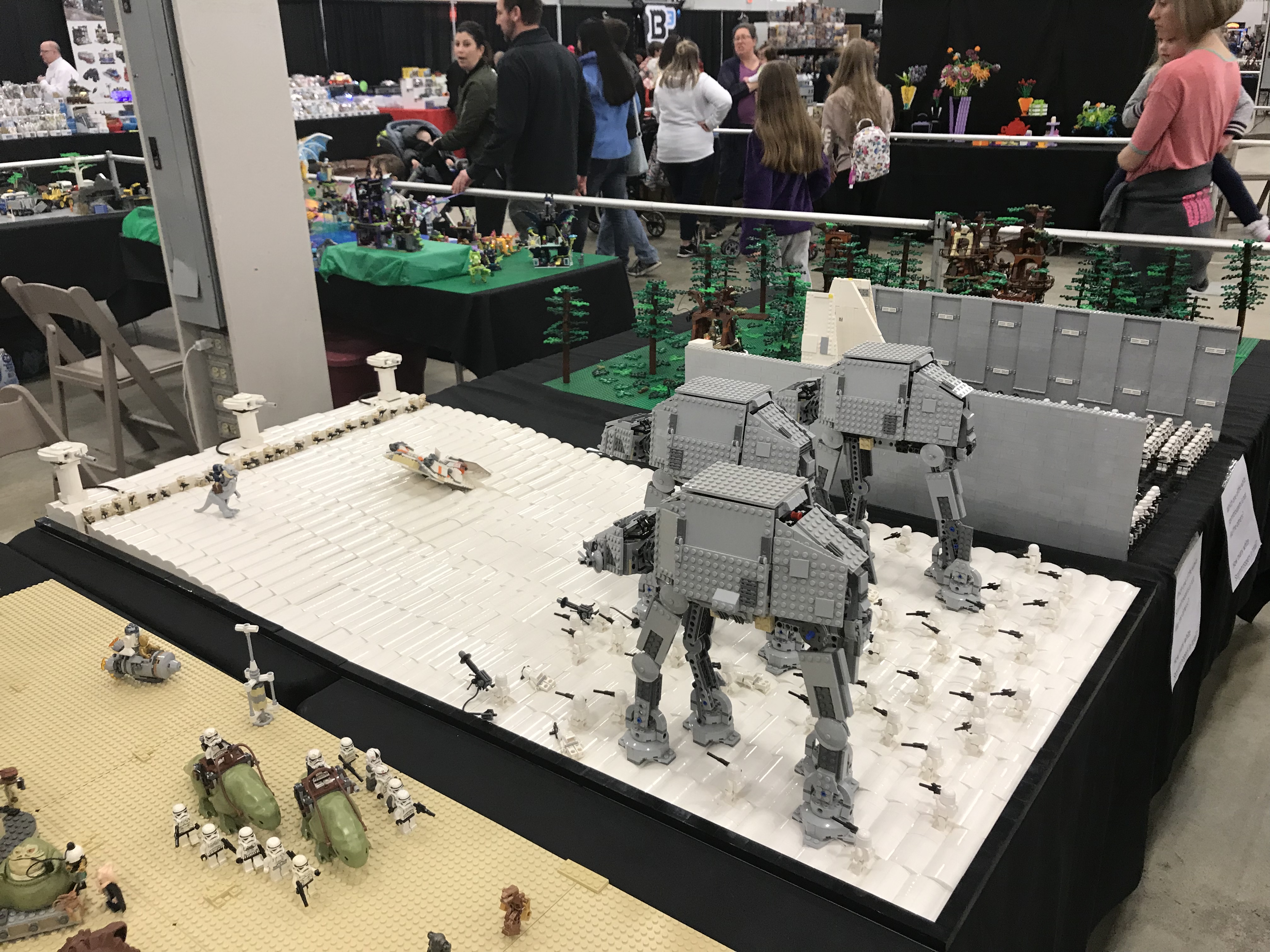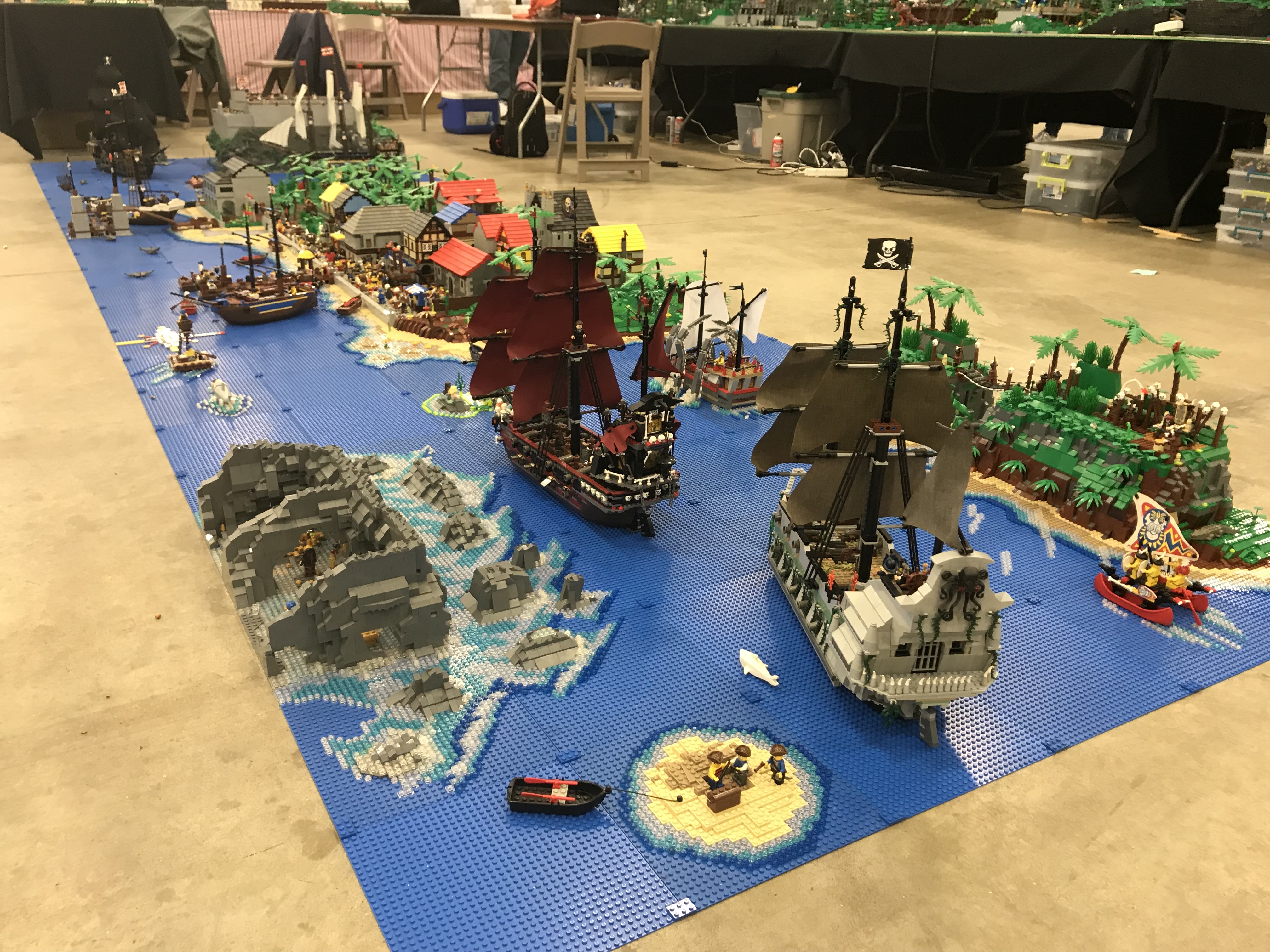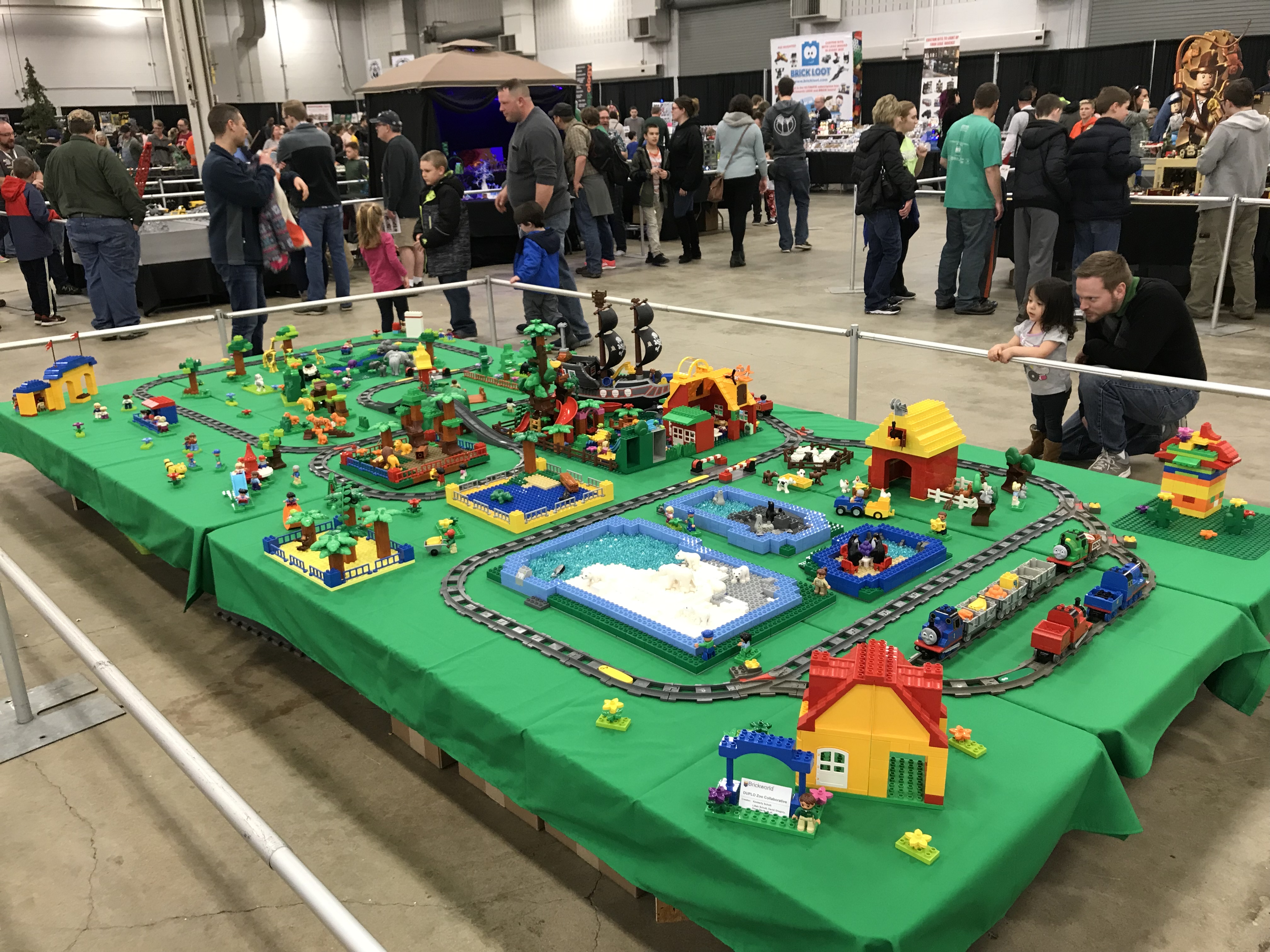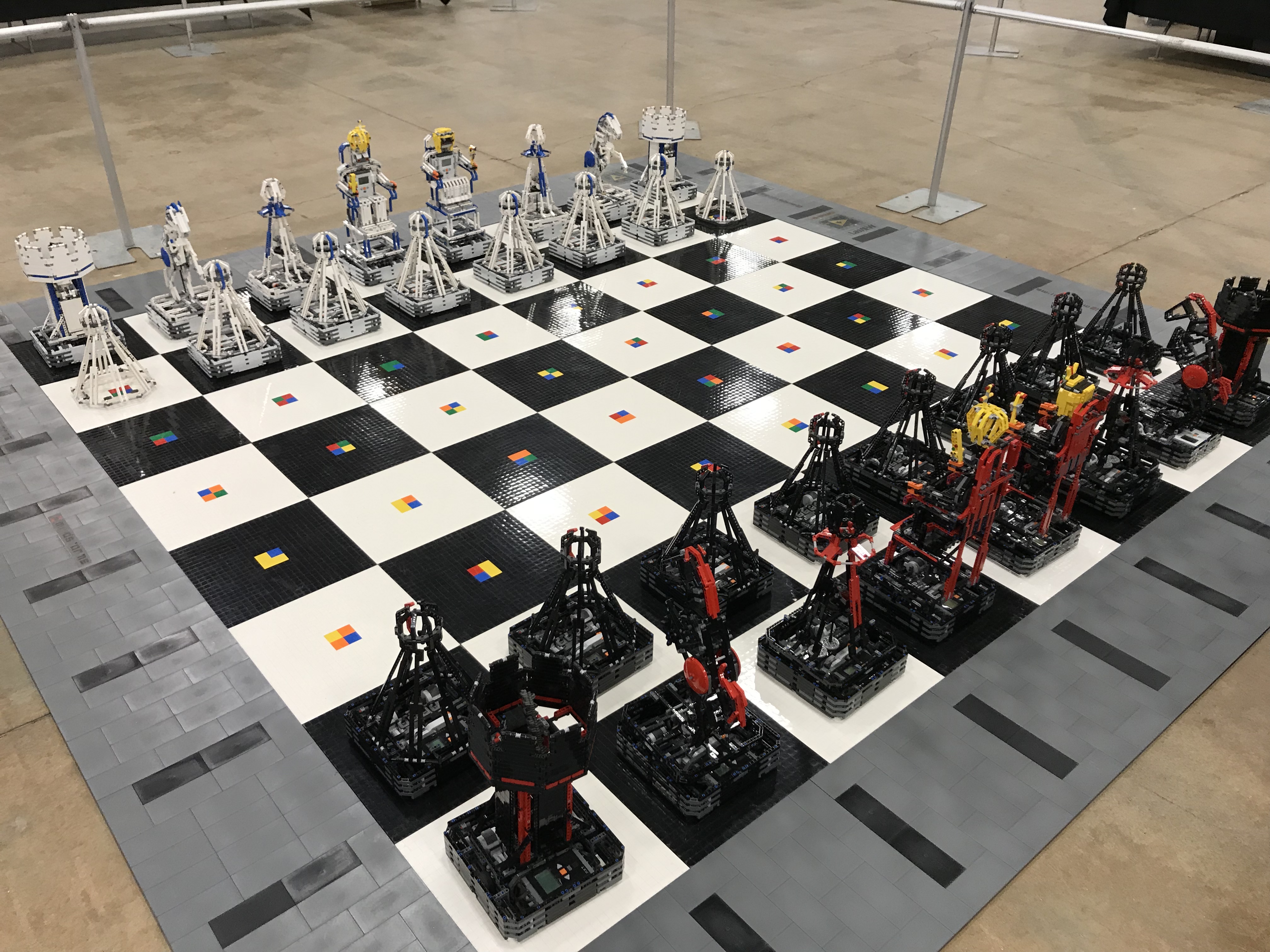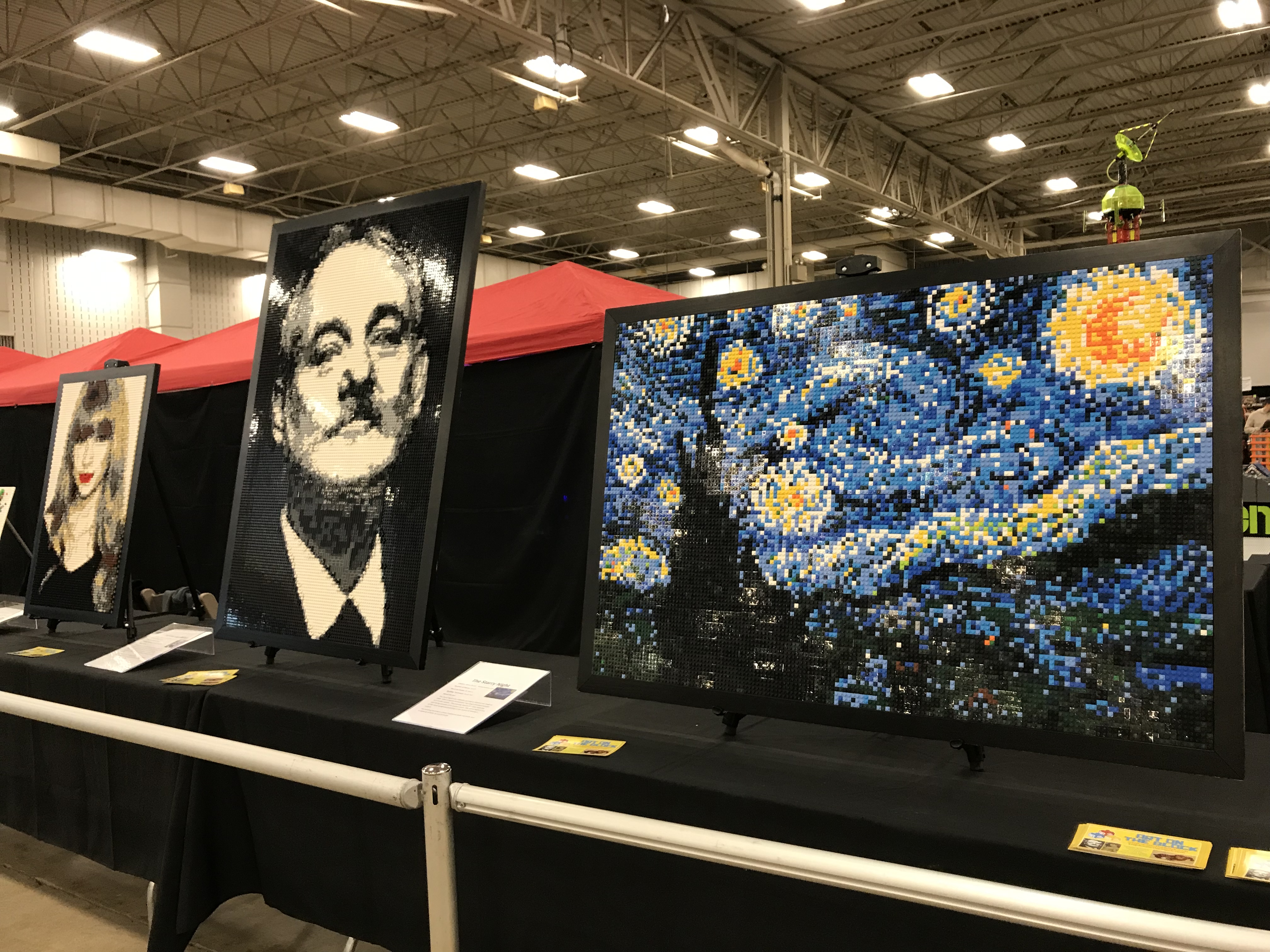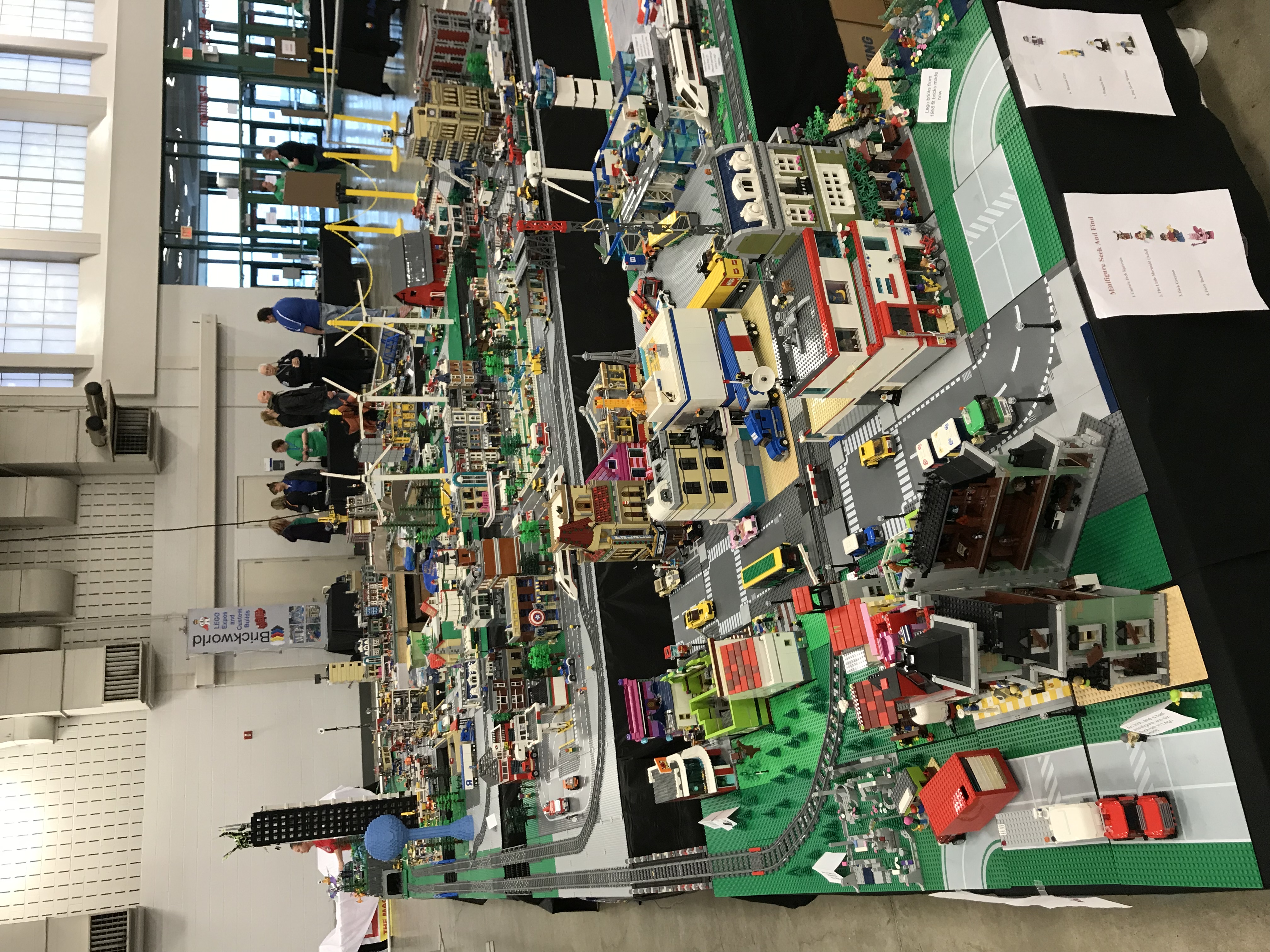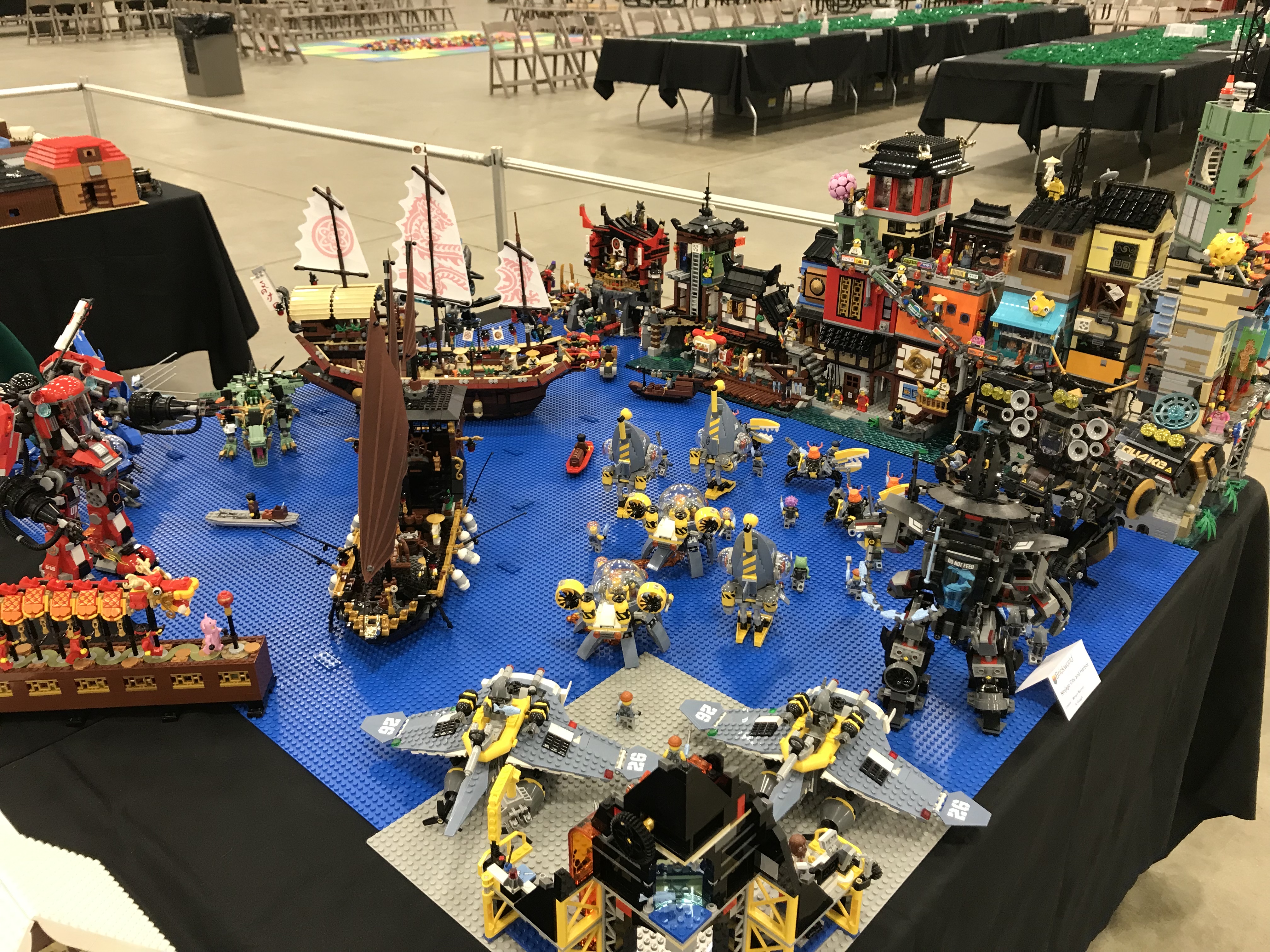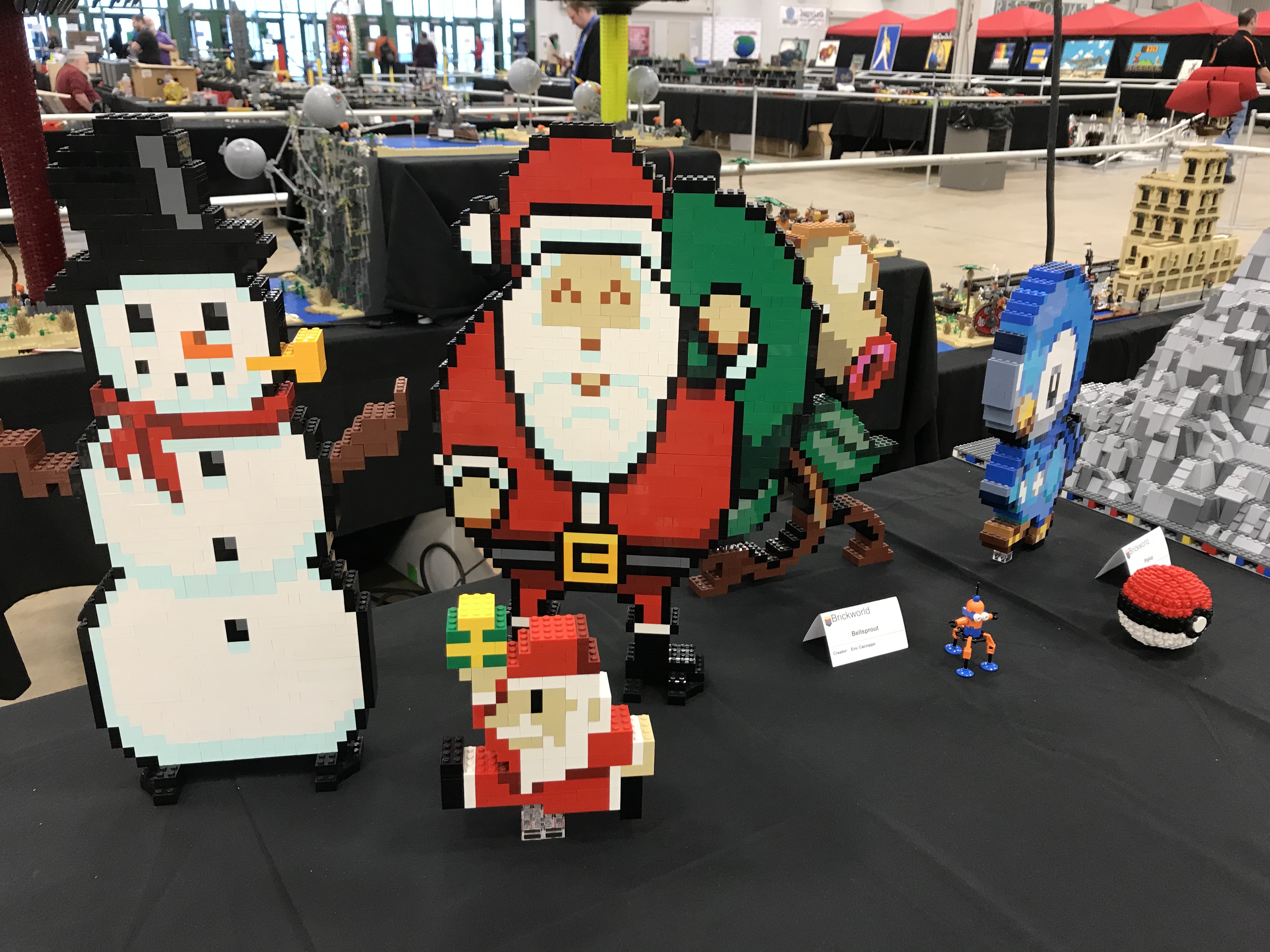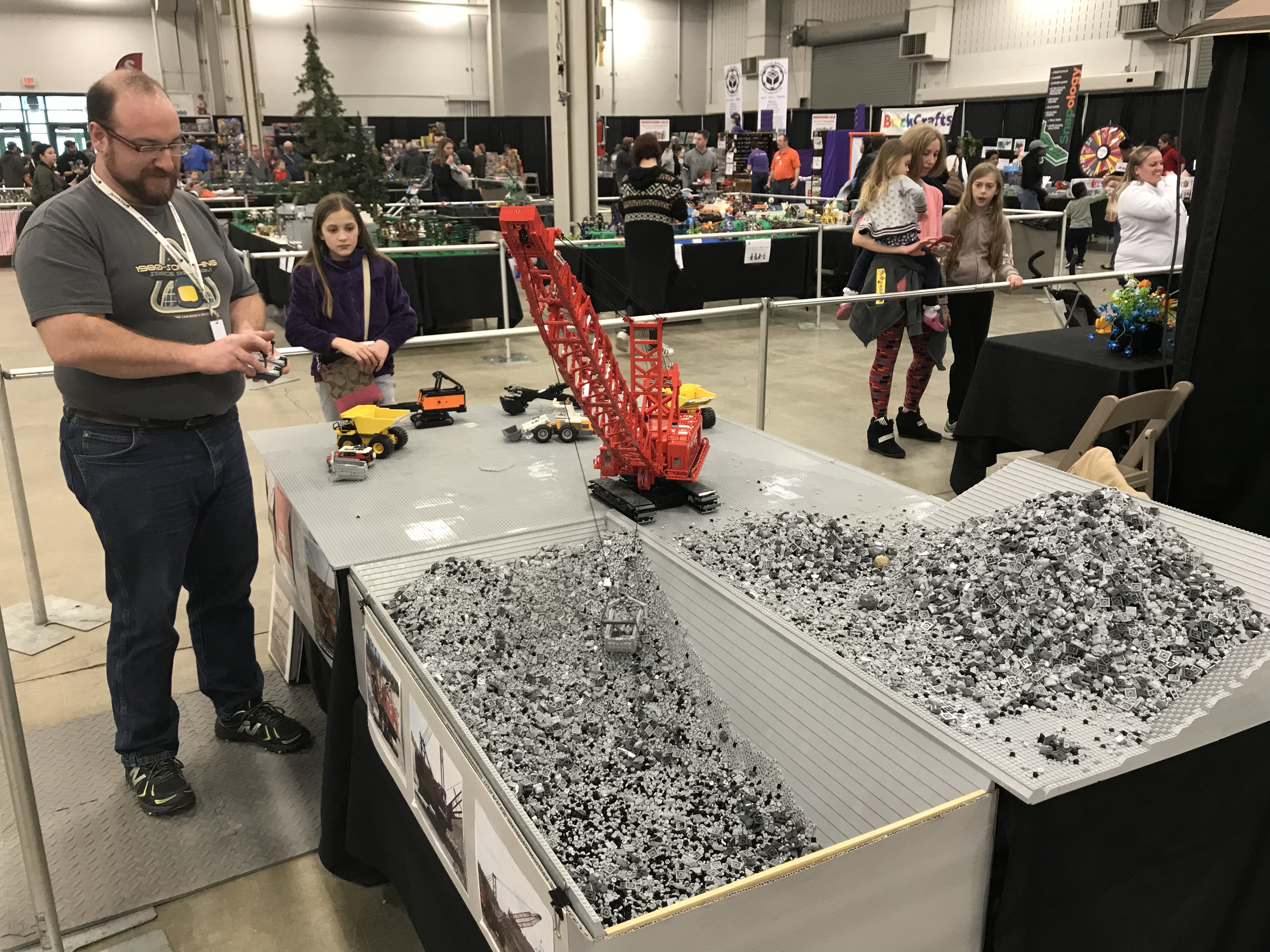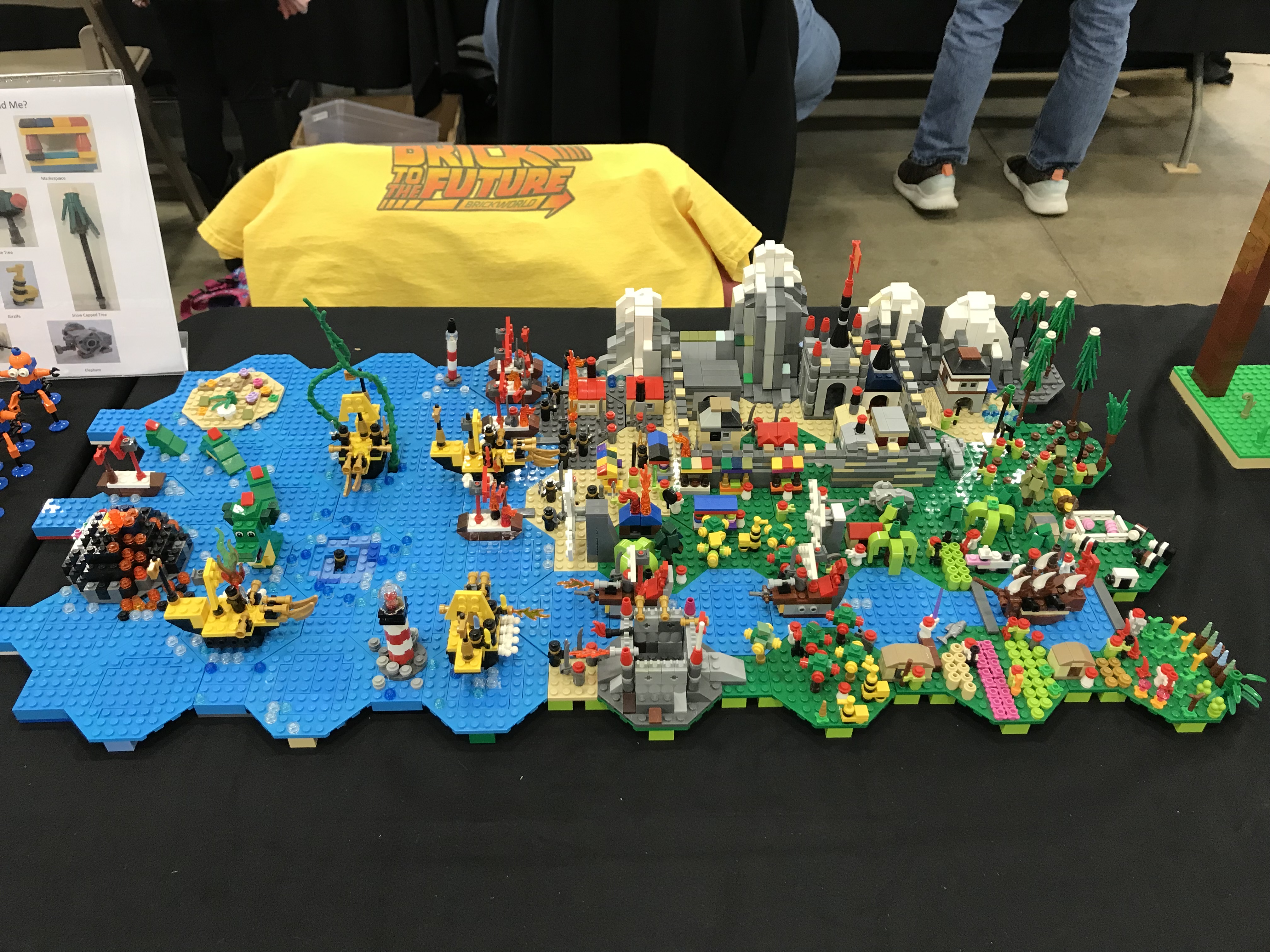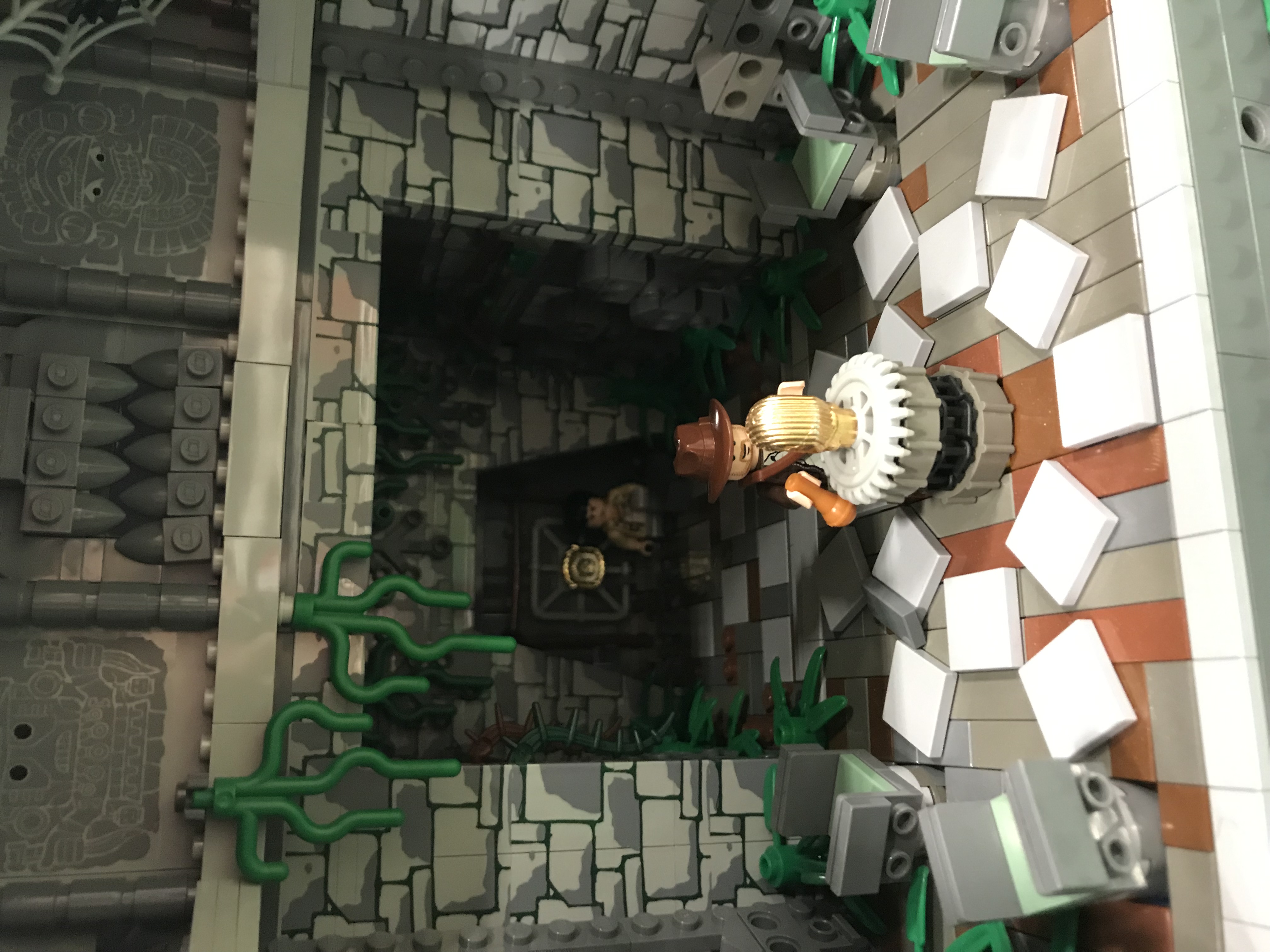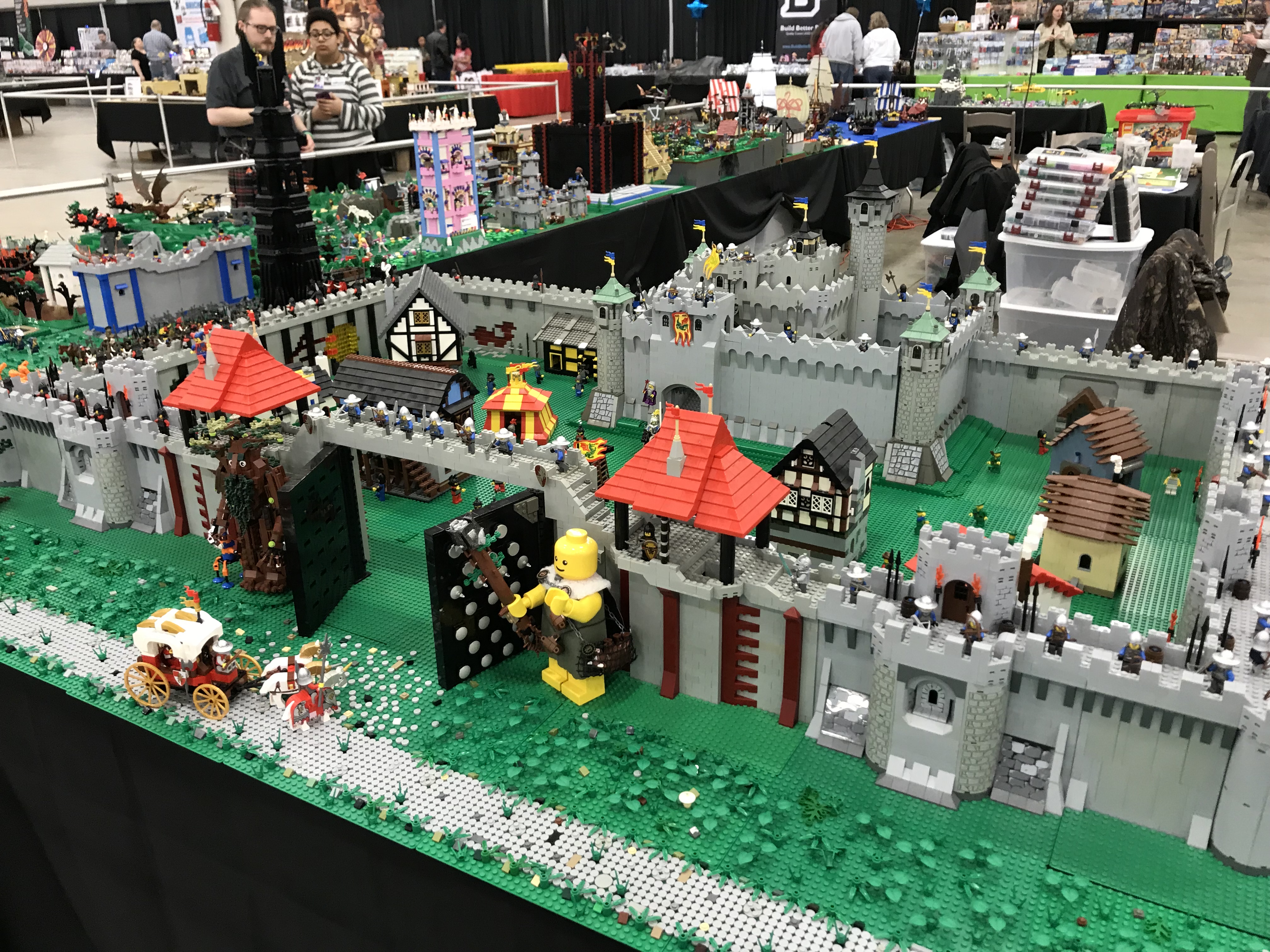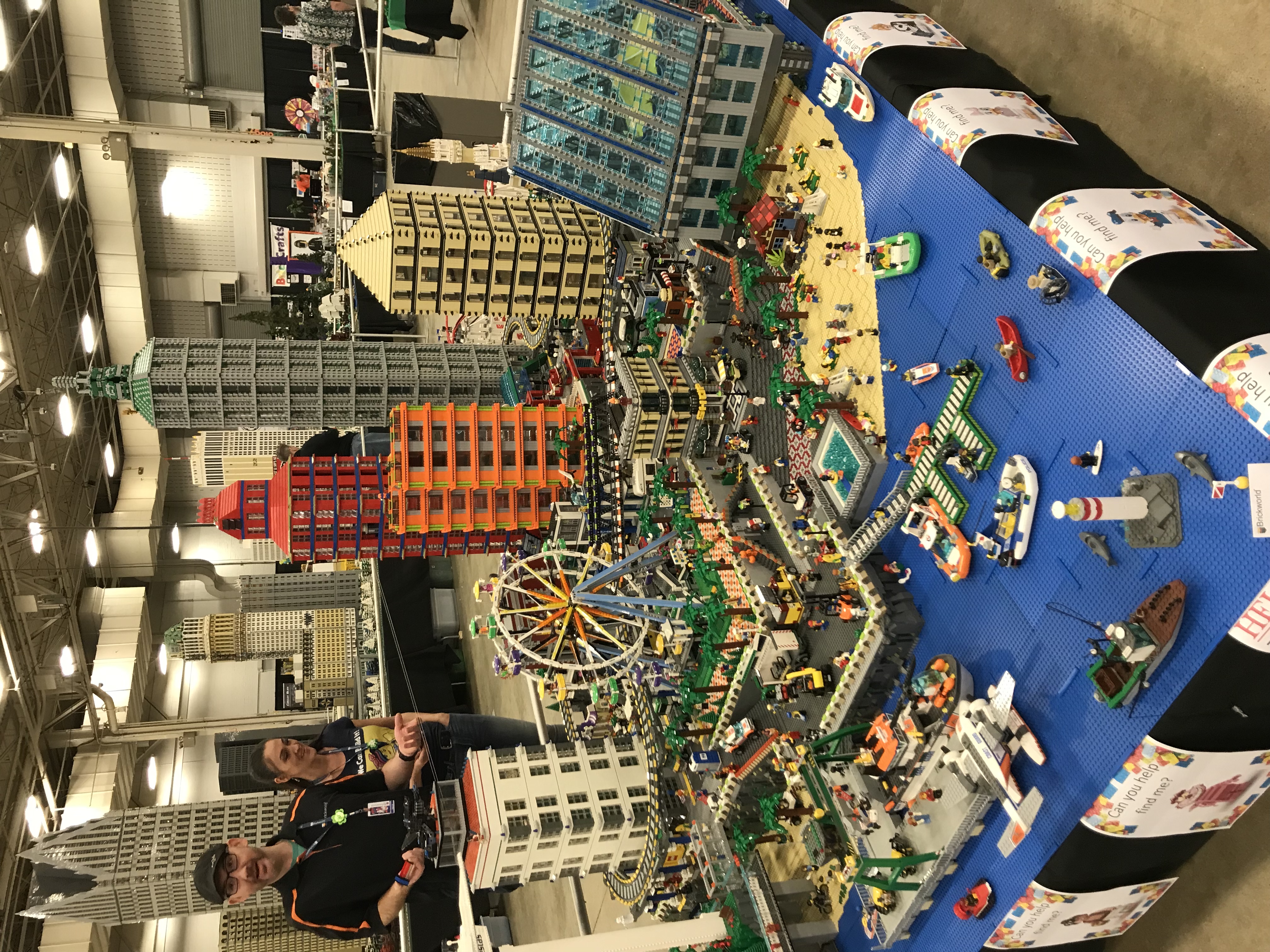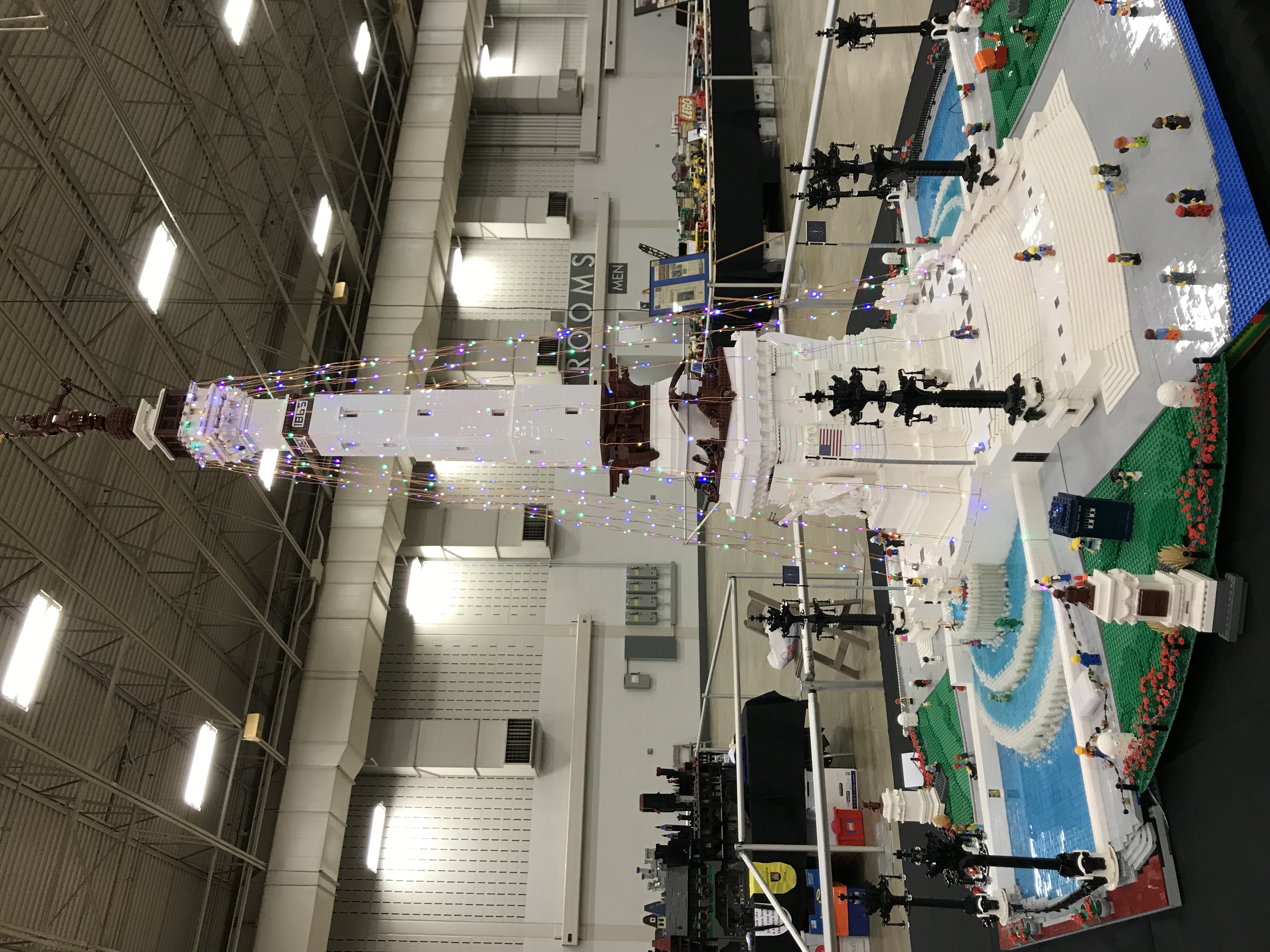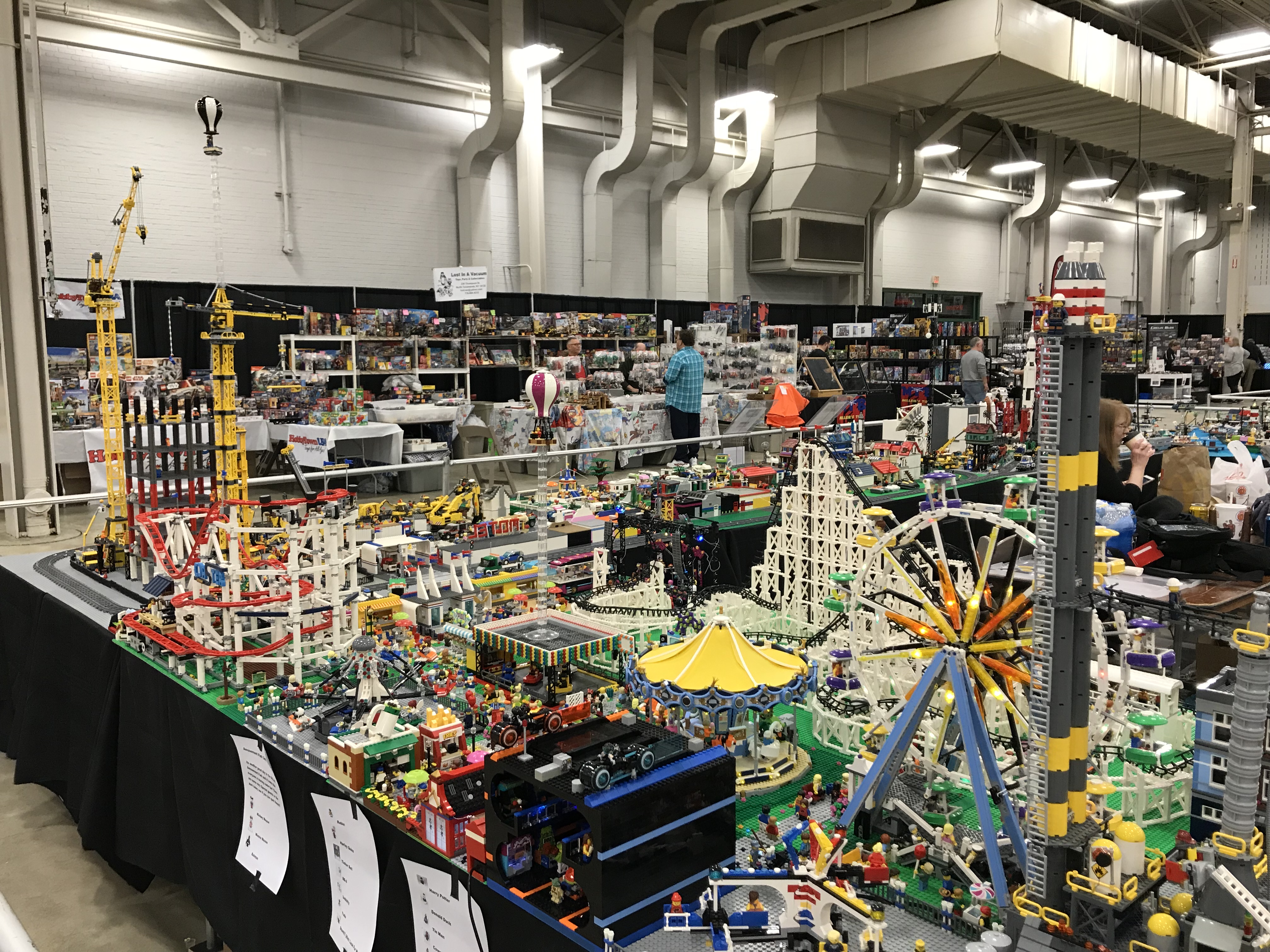This week while it being Spring Break (for some strange reason I just am not feeling it right now) I have been asked to answer a few questions for a local publication on Teaching & Learning during the Quarantine. This is what I came up with after reading and answering the questions. This is not what was published, I’ve added a few more random clarifications, and thoughts. As with anything I post you get typos free of charge.
Before you say anything else- 1. No, I don’t have kids, therefore I really don’t understand anything about kids, or raising them. I’ve enjoyed hearing that for over 30 years. Ask my little brothers- I have done my share of raising kids. 2. I’m a proponent for playful learning and believe younger kids especially, learn best through play. Structured sometimes, guided sometimes, but still play. I don’t know of a single primary ages student who likes doing worksheets, unless they are coloring pages-I like coloring pages. The adult just needs to watch and ask questions, even silly ones throughout the process. 3. For the most part everything I mention I have tried in some form in my own classroom. Genius Hour for example, I failed many times, just because I am not good an managing the progress of 200+ individual projects from 5th & 6th graders who all they want to do is avoid doing anything. However, one kid- I think I could handle that. Just always keep in mind that children are just as anxious as we are- maybe even more so because they haven’t had their imagination squished. Don’t expect everything to work- everyone IS different. Oh, I was planning on doing a lot of this while visiting my niece and nephew this week, but something came up and I find traveling to New Rochelle, NY a little bit more difficult than I had first thought. So here in unedited glory are my thoughts on spending unlimited time with kids trapped in a house.
Bruce Nelson is the 2019 Lawrence Township Teacher of the Year, after almost 30 years as a classroom teacher, technology coordinator, and STEM specialist he now serves as the Robotics and Design Teacher at Indian Creek Elementary working with students from first to sixth grade. Mr. Nelson is currently the only LEGO Education US LEGO Master Educator in Indiana. As a LEGO Master Educator he works with LEGO Education on development of new products and curriculum.
Opportunities to learn surround us every day, it just matters what we choose to do with them. As adults, we’ve learned to focus on the task at hand and ignore many of these opportunities. To a child, they tend to be filled with questions- “why?”tends to top the list. Learning at home is not going to be the same for every family. As a parent you need to work within your available time and comfort level. Setting up a basic routine helps, but things happen so unlike at school your routine can be a lot more flexible. If there are specific times you need to be “at work” schedule some independent activity for your children at that time. Let them know that you will be glad to see what they have done after you have finished. While this is a scary time for all of us, it is especially frightening for kids- everything that they know has changed. Be aware of this and be patient. While this is a hard time for everyone, it can be a wonderful adventure too. Make time to create happy memories for both of you. In 20 years, around the dinner table think about the stories you and your child can share about the 2020 quarantine.
Every school is different in what they are asking students to do. Do your best to help your child through whatever work they have. If you have a question, get in touch with your child’s teacher. I know that the teachers at my school have been asked to contact their students and families at least once a week. Many are using email, text messaging, or social media to stay in touch some are even video conferencing with their class so the students can see each other and know their friends are safe and healthy. One of those routine things that is missing are kids having a chance to socialize. You can have your child talk with friends and family via, any of the software and websites available (FaceTime, Google Hangouts, Zoom, etc.) Right now I’m using a combination of social media and email to try to keep all 700 students at Indian Creek up to date with activities. Please feel free to follow @explorobots on Facebook and Twitter to see some of my suggestions. I tend to post links to some of the amazing free resources authors, museums, and companies have made available. Starting the first week in April I’ll be releasing a drawing/design unit on YouTube, for any interested students. As for a silver bullet website or app? There is no easy answer to that, all I can say is if your child’s school is using it, that is a pretty big endorsement. As for limiting screen time- I’m usually a big fan, but right now the key is be flexible.
As a parent their are hundreds of activities you could do with your child they may not match the state standards, but they do teach valuable skills. Playing a board game or card game (winning against an adult is something to be proud of- don’t be easy on them). Games teach math skills, active problem solving, perseverance, and how to lose graciously. To take this to the next level- have your child create their own game- Maybe something where the players have to find toilet paper.
Making sets and costumes from whatever you have around the house- this leads into story telling, maybe movie making. They might even be able to make a stop-motion LEGO movie!
Cooking and learning how to follow a recipe are great activities that teach math, sequencing and patience. Look online for simple recipes.
As students get older “Genius Hour” where the student decides on a project and then they do it. This could be solving a major problem like trash in the ocean, or maybe researching how hospital workers are protecting themselves and see if they can find a better way. Maybe trying to figure out how the pyramids were built. This type of project follows the engineering design process- basically see the problem, research what has been done, develop a solution, test it, then improve on it. When a student decides on something they really care about- they won’t stop working on it.
Also for older students- think about things that you wish you had known before you became and adult, things that you had to learn- the hard way. Maybe it’s figuring out loan interest, budgeting, changing a tire, or taxes. Give your child some firsthand knowledge on things that they will need forever. Middle schoolers are notorious for asking “When am I ever going to need this?” Teach them something they will need.
Have your child read or read to your child. If you aren’t comfortable reading aloud- Find an audio book you all may like. Stop every once in awhile and ask questions- like “Why do you think that character did that? Or”What do you think will happen next?” Have everyone guess and see who is closest to what really happens- then again someone’s guess might be better than what the author came up with.
You all know your child better than anyone else, you know when they get frustrated, or tired- no matter what, this shouldn’t be a time where you are fighting with you child. A large portion of the day should be up to them. Have your child set a daily goal- some things may be nonnegotiable- like schoolwork, or reading time, but you’ve got all day there isn’t a rush.
I have been amazed at how everyone is stepping up to help out. online many authors, actors, museums, artists, and even publishers are sharing with the public. Find your favorite author, or cartoonist and see what they may be doing. It could be posting activities, maybe a video, or an online Q&A. It’s been wonderful to see how everyone is trying to help out.
As for your child’s teacher- Believe me teachers are missing their students just as much as some of the kids are missing school. Schools are figuring this out as we go. The analogy I keep coming back to is “We are building the plane while in flight.” ‘Fasten your seatbelts it’s going to be a bumpy ride.” Those of us who feel comfortable with technology are trying some pretty awesome things, but not all teachers are the same. Your child’s teacher may be a wizard at teaching face to face. So don’t judge- we’re all in this together and teachers, in a lot of cases, are parents too.
Remember: be patient, be flexible, and wash your hands often.


